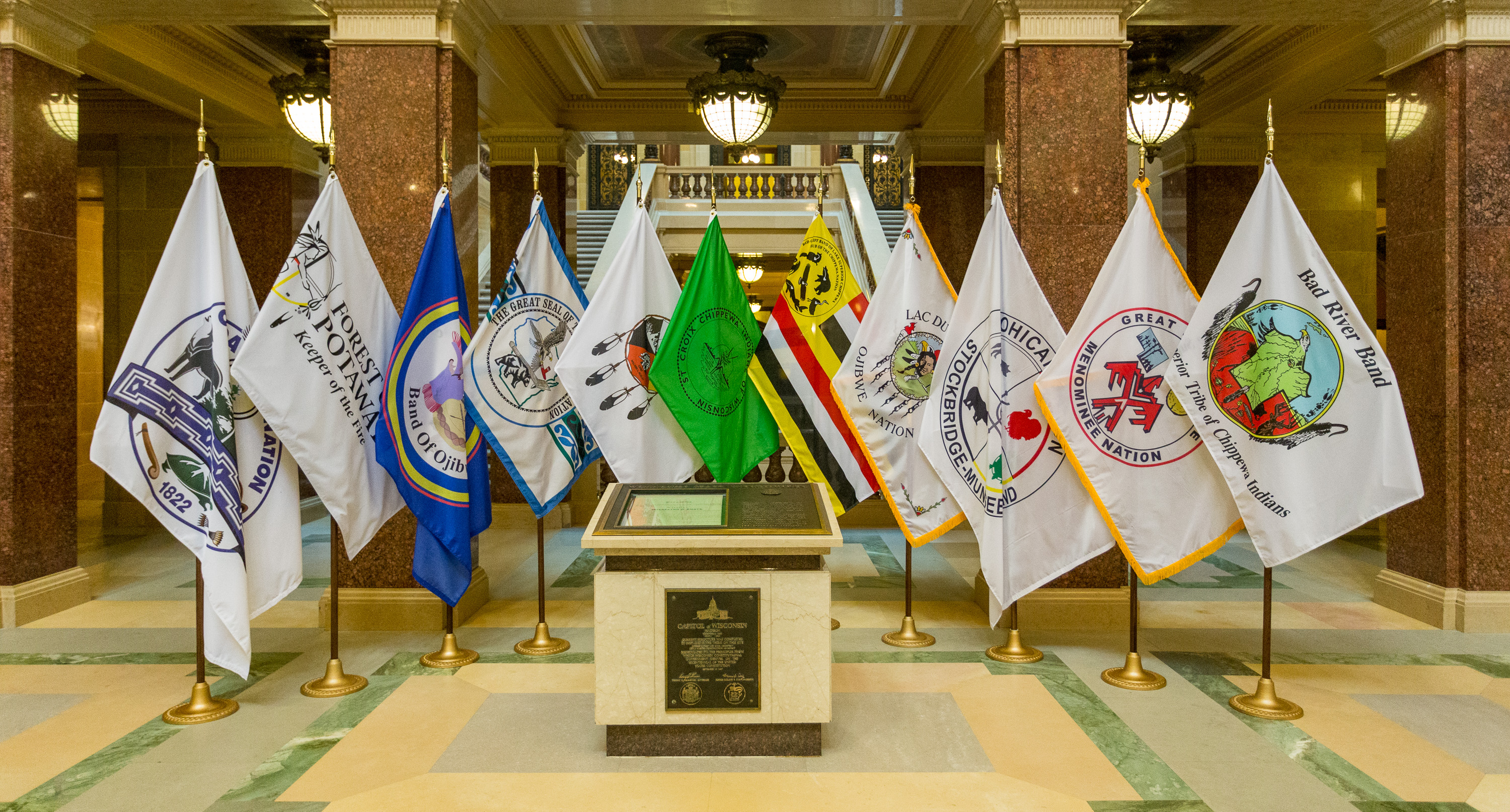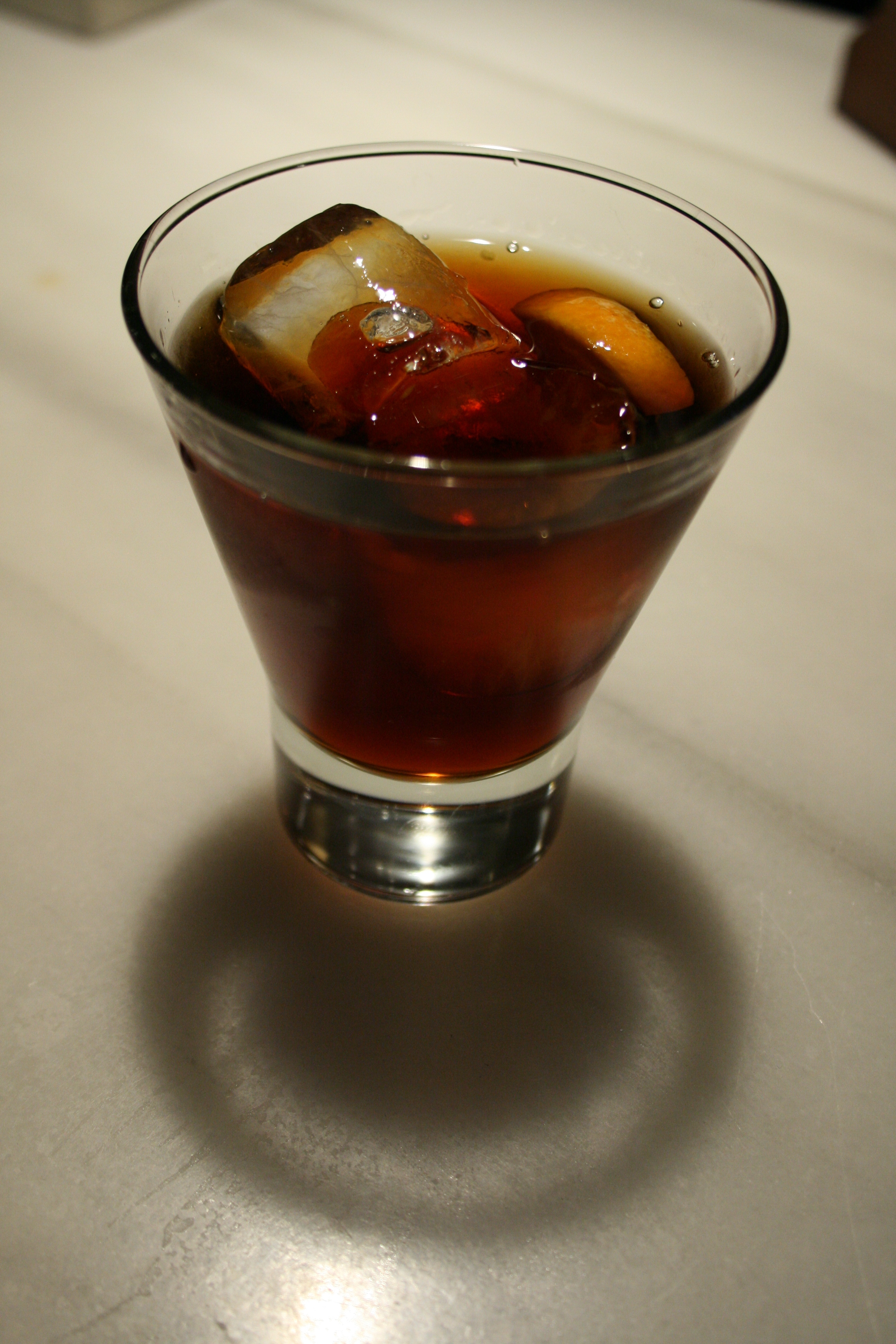|
Indian Arts And Crafts Act Of 1990
The Indian Arts and Crafts Act of 1990 (P.L. 101-644) is a truth-in-advertising law which prohibits misrepresentation in marketing of American Indian or Alaska Native arts and crafts products within the United States. It is illegal to offer or display for sale, or sell any art or craft product in a manner that falsely suggests it is Indian produced, an Indian product, or the product of a particular Indian or Indian Tribe or Indian arts and crafts organization, resident within the United States. For a first time violation of the Act, an individual can face civil or criminal penalties up to a $250,000 fine or a five-year prison term, or both. If a business violates the Act, it can face civil penalties or can be prosecuted and fined up to $1,000,000. The law covers all Indian and Indian-style traditional and contemporary arts and crafts produced after 1935. The Act broadly applies to the marketing of arts and crafts by any person in the United States. Some traditional items frequent ... [...More Info...] [...Related Items...] OR: [Wikipedia] [Google] [Baidu] |
Crimes And Criminal Procedure
In ordinary language, a crime is an unlawful act punishable by a state or other authority. The term ''crime'' does not, in modern criminal law, have any simple and universally accepted definition,Farmer, Lindsay: "Crime, definitions of", in Cane and Conoghan (editors), ''The New Oxford Companion to Law'', Oxford University Press, 2008 (), p. 263Google Books). though statutory definitions have been provided for certain purposes. The most popular view is that crime is a category created by law; in other words, something is a crime if declared as such by the relevant and applicable law. One proposed definition is that a crime or offence (or criminal offence) is an act harmful not only to some individual but also to a community, society, or the state ("a public wrong"). Such acts are forbidden and punishable by law. The notion that acts such as murder, rape, and theft are to be prohibited exists worldwide. What precisely is a criminal offence is defined by the criminal law of each r ... [...More Info...] [...Related Items...] OR: [Wikipedia] [Google] [Baidu] |
Service (economics)
A service is an "(intangible) act or use for which a consumer, firm, or government is willing to pay." Examples include work done by barbers, doctors, lawyers, mechanics, banks, insurance companies, and so on. Public services are those that society (nation state, fiscal union or region) as a whole pays for. Using resources, skill, ingenuity, and experience, service providers benefit service consumers. Services may be defined as intangible acts or performances whereby the service provider provides value to the customer. Key characteristics Services have three key characteristics: Intangibility Services are by definition intangible. They are not manufactured, transported or stocked. One cannot store services for future use. They are produced and consumed simultaneously. Perishability Services are perishable in two regards: * Service-relevant resources, processes, and systems are assigned for service delivery during a specific period in time. If the service consumer does not ... [...More Info...] [...Related Items...] OR: [Wikipedia] [Google] [Baidu] |
United States Federal Native American Legislation
United may refer to: Places * United, Pennsylvania, an unincorporated community * United, West Virginia, an unincorporated community Arts and entertainment Films * ''United'' (2003 film), a Norwegian film * ''United'' (2011 film), a BBC Two film Literature * ''United!'' (novel), a 1973 children's novel by Michael Hardcastle Music * United (band), Japanese thrash metal band formed in 1981 Albums * ''United'' (Commodores album), 1986 * ''United'' (Dream Evil album), 2006 * ''United'' (Marvin Gaye and Tammi Terrell album), 1967 * ''United'' (Marian Gold album), 1996 * ''United'' (Phoenix album), 2000 * ''United'' (Woody Shaw album), 1981 Songs * "United" (Judas Priest song), 1980 * "United" (Prince Ital Joe and Marky Mark song), 1994 * "United" (Robbie Williams song), 2000 * "United", a song by Danish duo Nik & Jay featuring Lisa Rowe Television * ''United'' (TV series), a 1990 BBC Two documentary series * ''United!'', a soap opera that aired on BBC One from 1965-19 ... [...More Info...] [...Related Items...] OR: [Wikipedia] [Google] [Baidu] |
Title 25 Of The Code Of Federal Regulations
Title 25 is the portion of the Code of Federal Regulations that governs Government-to-Government relations with Native American tribes within the United States The United States of America (U.S.A. or USA), commonly known as the United States (U.S. or US) or America, is a country primarily located in North America. It consists of 50 states, a federal district, five major unincorporated territorie .... It is available in digital or printed form. External links Title 25 of the Code of Federal Regulations 25 {{US-law-stub ... [...More Info...] [...Related Items...] OR: [Wikipedia] [Google] [Baidu] |
Terroir
(, ; from ''terre'', "land") is a French term used to describe the environmental factors that affect a crop's phenotype, including unique environment contexts, farming practices and a crop's specific growth habitat. Collectively, these contextual characteristics are said to have a character; ''terroir'' also refers to this character. Some artisanal crops for which ''terroir'' is studied include wine, cider, coffee, tobacco, olive oil, chocolate, chili peppers, hops, agave (for making tequila and mezcal), tomatoes, heritage wheat, maple syrup, tea, and cannabis. ''Terroir'' is the basis of the French wine ''appellation d'origine contrôlée'' (AOC) system, which is a model for wine appellation and regulation in France and around the world. The AOC system presumes that the land from which the grapes are grown imparts a unique quality that is specific to that growing site (the plants' habitat). The extent of terroir's significance is debated in the wine industry. Origins Ove ... [...More Info...] [...Related Items...] OR: [Wikipedia] [Google] [Baidu] |
European Union
The European Union (EU) is a supranational political and economic union of member states that are located primarily in Europe. The union has a total area of and an estimated total population of about 447million. The EU has often been described as a '' sui generis'' political entity (without precedent or comparison) combining the characteristics of both a federation and a confederation. Containing 5.8per cent of the world population in 2020, the EU generated a nominal gross domestic product (GDP) of around trillion in 2021, constituting approximately 18per cent of global nominal GDP. Additionally, all EU states but Bulgaria have a very high Human Development Index according to the United Nations Development Programme. Its cornerstone, the Customs Union, paved the way to establishing an internal single market based on standardised legal framework and legislation that applies in all member states in those matters, and only those matters, where the states have agreed to act ... [...More Info...] [...Related Items...] OR: [Wikipedia] [Google] [Baidu] |
Protected Geographical Status
Three European Union schemes of geographical indications and Traditional food, traditional specialties, known as protected designation of origin (PDO), protected geographical indication (PGI), and traditional specialities guaranteed (TSG), promote and protect names of agricultural products and foodstuffs. Products registered under one of the three schemes may be marked with the logo for that scheme to help identify those products. The schemes are based on the legal framework provided by the EU Regulation No 1151/2012 of the European Parliament and of the Council of 21 November 2012 on quality schemes for agricultural products and foodstuffs. This regulation applies within the EU as well as in Northern Ireland. Protection of the registered products is gradually expanded internationally via bilateral agreements between the EU and non-EU countries. It ensures that only products genuinely originating in that region are allowed to be identified as such in commerce. The legislation fi ... [...More Info...] [...Related Items...] OR: [Wikipedia] [Google] [Baidu] |
Native American Flute
The Native American flute is a flute that is held in front of the player, has open finger holes, and has two chambers: one for collecting the breath of the player and a second chamber which creates sound. The player breathes into one end of the flute without the need for an embouchure. A ''block'' on the outside of the instrument directs the player's breath from the first chamber—called the slow air chamber—into the second chamber—called the sound chamber. The design of a ''sound hole'' at the proximal end of the sound chamber causes air from the player's breath to vibrate. This vibration causes a steady resonance of air pressure in the sound chamber that creates sound. Native American flutes comprise a wide range of designs, sizes, and variations—far more varied than most other classes of woodwind instruments. Names The instrument is known by many names. Some of the reasons for the variety of names include: the varied uses of the instrument (e.g. courting), the wide ... [...More Info...] [...Related Items...] OR: [Wikipedia] [Google] [Baidu] |
State Recognized Tribes In The United States
State-recognized tribes in the United States are organizations that identify as Native American tribes or heritage groups that do not meet the criteria for federally recognized Indian tribes but have been recognized by a process established under assorted state government laws for varying purposes. State recognition does not dictate whether or not they are recognized as Native American tribes by continually existing tribal nations. In the late 20th century, some states have passed legislation that recognizes some tribes. Most such groups are located in the Eastern United States, including the three of largest state-recognized tribes in the US, the Lumbee Tribe of North Carolina, Echota Cherokee Tribe of Alabama, and the United Houma Nation of Louisiana, each of which has more than ten thousand members. State recognition confers few benefits under federal law. It is not the same as federal recognition, which is the federal government's acknowledgment of a tribe as a dependent sov ... [...More Info...] [...Related Items...] OR: [Wikipedia] [Google] [Baidu] |
List Of Federally Recognized Tribes
This is a list of federally recognized tribes in the contiguous United States of America. There are also federally recognized Alaska Native tribes. , 574 Indian tribes were legally recognized by the Bureau of Indian Affairs (BIA) of the United States.Federal Acknowledgment of the Pamunkey Indian Tribe Of these, 231 are located in Alaska. Description  In the United States, the Indian tribe is a fundamental unit, and the constitution grants
In the United States, the Indian tribe is a fundamental unit, and the constitution grants
|
List Of Alaska Native Tribal Entities
This list of Alaska Native tribal entities names the federally recognized tribes in the state of Alaska. The Alaska Native Claims Settlement Act of 1971 explains how these Alaska Native villages came to be tracked this way. This version was updated based on ''Federal Register'', Volume 87, dated January 28, 2022 (87 FR 4638), (January 28, 2022), 87 FR 4636 when the number of tribes entities totaled ... [...More Info...] [...Related Items...] OR: [Wikipedia] [Google] [Baidu] |
Indigenous Intellectual Property
Indigenous intellectual property is a term used in national and international forums to describe intellectual property that is "collectively owned" by various Indigenous peoples, and by extension, their legal rights to protect specific such property. This property includes cultural knowledge of their groups and many aspects of their cultural heritage and knowledge, including that held in oral history. In Australia, the term Indigenous cultural and intellectual property, abbreviated as ICIP, is commonly used. There have been various efforts made since the late 20th century towards providing some kind of legal protection for indigenous intellectual property in colonized countries, including a number of declarations made by various conventions of Indigenous peoples. The World Intellectual Property Organization (WIPO) was created in 1970 to promote and protect intellectual property across the world by cooperating with countries as well as international organizations. The UN's Dec ... [...More Info...] [...Related Items...] OR: [Wikipedia] [Google] [Baidu] |

.jpg)




